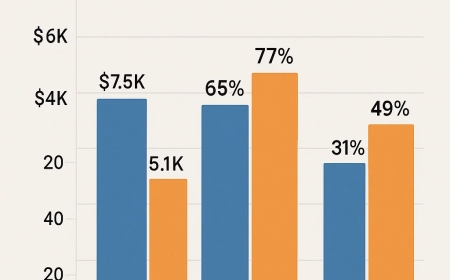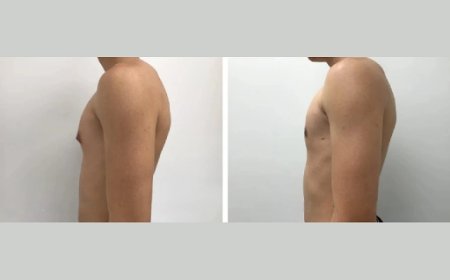Enzymatic Taxonomy: A Multi-Dimensional Framework
The EC system, while standardized, encounters significant challenges with enzymes exhibiting catalytic promiscuity. Approximately 20% of characterized enzymes display secondary activities that would place them in multiple classesa phenomenon particularly prevalent amonghydrolasesandtransferasessharing mechanistic similarities through transition-state stabilization patterns.
Oxidoreductases: Redox Choreographers
Theseoxidoreductasesorchestrate electron transfer through precisely positioned redox-active cofactors (NAD+/NADH, FAD/FADH?, heme groups). Their stereospecificity often determines metabolic pathway directionality, as exemplified by glucose-6-phosphate dehydrogenase's exclusive interaction with ?-D-glucose-6-phosphate in the pentose phosphate pathway's rate-limiting step.
Class EC 1.14.13monooxygenases incorporating a single oxygen atom into substratesrepresents a critical biotransformation catalyst in pharmaceutical synthesis, enabling regioselective hydroxylation of complex molecules under mild conditions impossible through traditional chemical synthesis.
Transferases: Beyond Simple Group Translocation
Transferasesexhibit remarkable substrate recognition domains that differentiate between seemingly identical functional groups. Methyltransferases (EC 2.1.1) distinguish methyl acceptors through subtle electronic distribution patterns, explaining why S-adenosylmethionine methylates specific nucleotides in ribosomal RNA while avoiding chemically equivalent positionscritical for ribosomal assembly and antibiotic resistance mechanisms.
Hydrolases: Catalytic Triads and Conformational Dynamics
The catalytic efficiency of serine proteases (EC 3.4.21) stems from their evolutionary refined Ser-His-Asp triads. Thesehydrolasesgenerate nucleophilic attack potentials approximately 10? times stronger than free serine, through precisely oriented hydrogen bond networks that redistribute electron density during substrate binding.
Lyases: Stereoelectronic Control in Bond Manipulation
Terpene synthases (EC 4.2.3) exemplify nature's elegant approach to carbon-carbon bond formation, generating remarkable structural complexity from simple precursors. These enzymes create intricate three-dimensional scaffolds through carbocation-guided cascade reactions, producing thousands of structurally diverse natural products from just a handful of prenyl pyrophosphate substrates.
Isomerases: Conformational Gatekeepers
Isomerases(EC 5.3.4) regulate protein folding through transient thiol-disulfide exchanges, functioning as molecular chaperones that navigate the complex free energy landscapes of protein folding. Their catalytic domains recognize non-native disulfide pairings through exposed hydrophobic patchesa sophisticated quality control mechanism essential for secretory protein biogenesis.
Ligases: Energetic Coupling and Biosynthetic Fidelity
Ligases(EC 6.1.1) maintain translational fidelity through double-sieve recognition mechanisms, first selecting the correct amino acid based on size/shape, then verifying the selection through induced-fit conformational changes that position the substrate for activation. This two-tier verification process maintains error rates below 10??, essential for proteome integrity.
Modern Classification Challenges
Contemporary enzyme research increasingly recognizes the limitations of EC classification for engineered biocatalysts, moonlighting enzymes with context-dependent functions, and intrinsically disordered enzymes that challenge structure-function paradigms. Research into enzymeinhibitorshas revealed further complexities in how enzymes interact with regulatory molecules. Integrative approaches incorporating sequence similarity networks, substrate-centric classification, and mechanistic profiling are emerging as complementary systems.
Industrial Implications
For specialized applications, Creative Enzymes employs proprietary algorithmic screening methodologies that evaluate enzymes beyond their primaryclassifications, considering parameters like substrate plasticity, cofactor regeneration efficiency, and operational stability under non-physiological conditionsparameters increasingly critical for industrial biocatalysis in circular bioeconomy applications.
The enzyme classification landscape continues evolving as structural biology, directed evolution, and systems biology provide deeper insights into these remarkable molecular machines and their application potential in addressing contemporary challenges in biomanufacturing and therapeutic development.








&srotate=0)



























